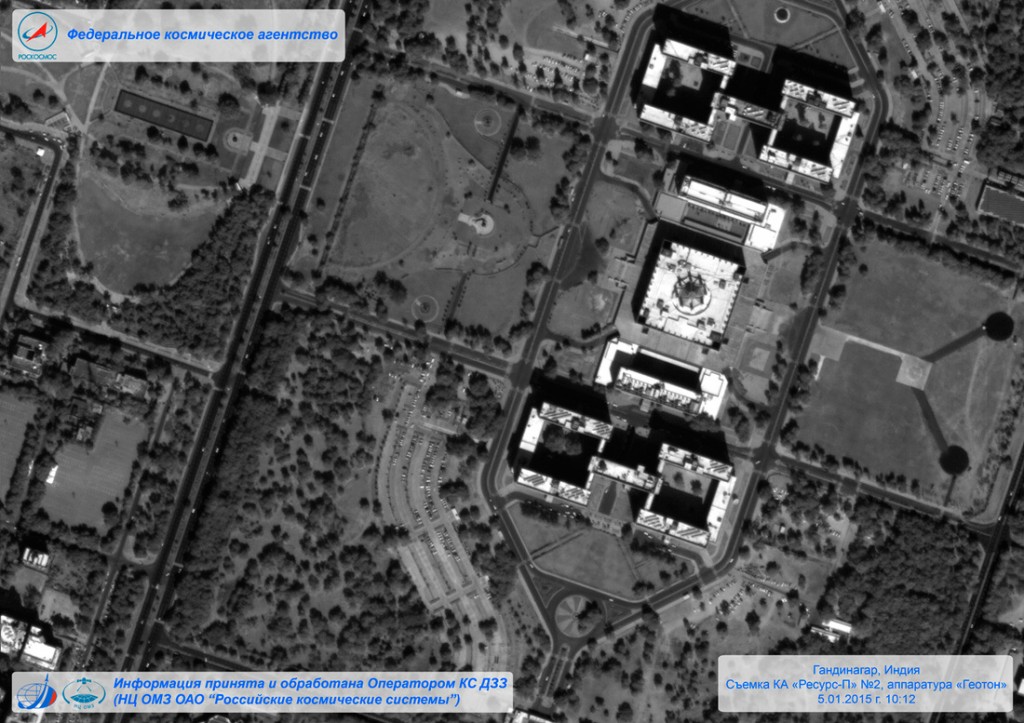Resurs-P Satellite Overview
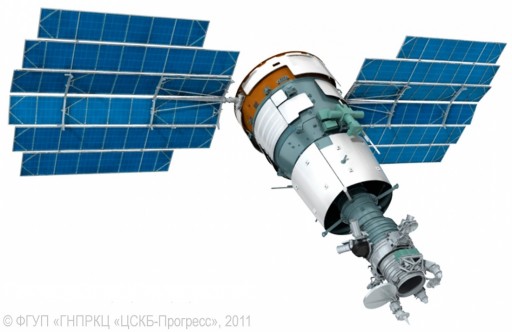
The Resurs-P series of satellites represent Russia’s most advanced electro-optical imaging satellites used in the civilian sector for a number of non-military purposes as opposed to purely military spacecraft currently operated under the Persona program and the upcoming Bars-M satellites.
Resurs as a project goes back to 1979 when the very first Resurs-F1 satellite was launched atop a Soyuz U rocket as a civilian version of the Zenit Film Return Satellites that were operated by the military since 1961. These spacecraft flew optical imaging instruments that exposed physical film to generate imagery of ground targets, requiring return vehicles to deliver the film back to Earth for development and analysis – accomplished by a spherical return module.
Over several generations, more than 500 Zenit military satellites were flown until 1994.
The initial Resurs F1 satellites were based on the Zenit film-return vehicles, seeing 53 launches between 1979 and 1993. Over the years, the optical imaging payloads underwent incremental improvements to a point where the Resurs satellites could be fitted with payloads for high-resolution, wide angle and multi-spectral imaging. An improved generation of Resurs-F2 satellites, still using the Zenit film return capsules, flew in the 1980s and 90s with a total of ten F2 satellites reaching orbit. Two improved Resurs-F1M film-return satellites launched in 1997 and ’99.
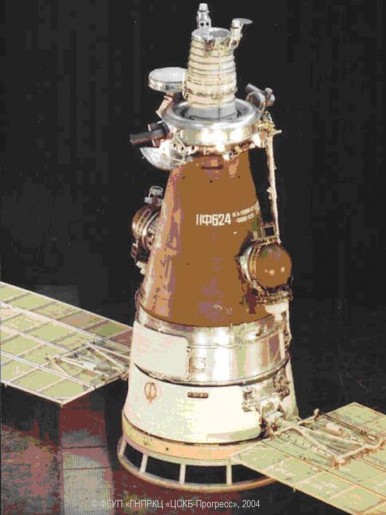
The first prototype of an electro-optical imaging satellite under the Resurs program flew with Resurs-OE in 1983, no longer needing film return to Earth since imagery was downlinked to ground stations. Two successors to the first prototype launched in 1985 and 88 carrying multi-spectral payloads based on an SP-1 satellite platform. These two Resurs-O1 N1/N2 satellites were followed by the N3 satellite in 1994 and N4 in 1998 that was based on the Meteor-3 weather satellite and carried a total of nine instruments for remote-sensing, radiation monitoring and solar observations.
Resurs-DK, launched by Soyuz in 2006, was the first satellite in the Resurs Program to use the Yantar satellite bus that began development in the 1960s and began flying in 1974 as an advanced film-return satellite that featured an improved optical system and additional return capsules that allowed film to be delivered in three batches over the course of ever increasing mission durations. Also based on film-return technology, Orlets-1 and 2 satellites flown between 1989 and 2006 featured eight or 22 return capsules to be able to deliver imagery in a timely manner. The Yantar film-return satellites used for military and intelligence purposes went through a number of generations and are still being operated under the Kobalt-M designation.
With electro-optical technology becoming available, the Yantar bus was modified to accommodate instruments acquiring digital imagery for downlink to the ground, no longer relying on film-return vehicles. The first such satellites were known as Terilen inaugurated in 1982 and were succeeded by Neman satellites in 1991 flying until 2000. The latest generation of optical reconnaissance satellites operated by Russia is Persona, first launched in 2008 to be joined by Bars-M satellites in the coming years.
The Resurs-P project was initiated to develop a successor to Resurs-DK aiming to fit a Yantar satellite bus with a powerful high-resolution imaging payload.
The satellites were developed to operate from a higher orbit than Resurs-DK, have more spectral channels, a wider ground swath, a higher targeting accuracy and a longer in-orbit life.
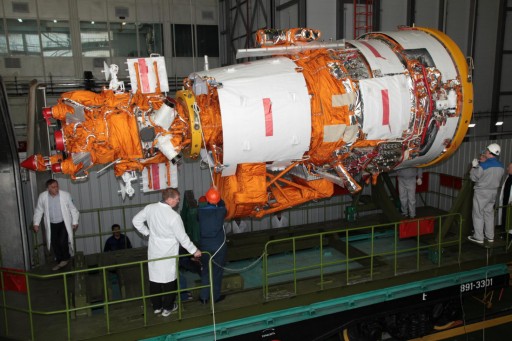
Overall, the spacecraft has a launch mass of approximately 6,392 Kilograms and uses three modules – a Service Module, an Instrument Module and a Payload Module that contains the imaging payload. The spacecraft is about 7.93 meters in length and 2.72 meters in diameter featuring two 5-meter long solar arrays for power generation. Each of the deployable arrays consists of several long segments creating a diameter of 4.5 meters.
Provided by the Yantar bus are all basic spacecraft functions such as power generation and storage, propulsion, attitude determination and control, data and command handling, and communications.
The Service and Instrumentation Module has a length of around 2.2 meters and contains the satellite’s propulsion system that uses up to 900 Kilograms of Unsymmetrical Dimethylhydrazine and Nitrogen Tetroxide Propellants with Helium as pressurant gas. The propulsion system consists of a main propulsion unit used for impulse burns and a series of low-thrust engines for vehicle control. The main engine of the vehicle provides 2.94 Kilonewtons of thrust and the reaction control engines have thrust levels from 5 to 100 Newtons.
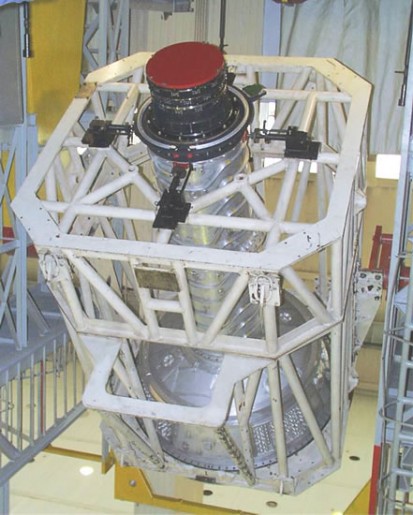
The Instrumentation Module has a length of approximately one meter and contains all support systems of the satellite including electrical systems, batteries, navigation equipment featuring a gyroscope unit and two Star Trackers, the vehicle’s communication system for command uplink and telemetry downlink and the attitude control system of the spacecraft. Attitude determination is provided by an Inertial Measurement Unit, Earth sensors and Star Trackers. The three-axis stabilized satellite achieves a pointing accuracy of 0.2 arcmin with a stabilization of 0.005 degrees per second.
The Resurs-P #2 satellite is equipped with an Optoelectronic Payload consisting of the Geoton-L1 imaging instrument and the Sangura-1U digital processor. Additionally, Resurs-P #2 is outfitted with a hyperspectral imaging unit, a wide-field multispectral imager and the Nuklon radiation payload.
The Geoton-L1 instrument is a telescopic imaging payload with a 50-centimeter aperture and a total focal length of four meters using detectors that operate at visible and infrared wavelengths.
In nadir-pointing mode, the imaging payload covers a ground swath 38 Kilometers in width. Taking advantage of an agile attitude control system, Resurs-P can cover 100 by 300-Kilometer targets in mosaic imaging mode on a single pass. Single-pass stereo imaging is possible over an area of 115 Kilometers. Imaging cn be done at off-nadir angles up to 45 degrees to either direction.
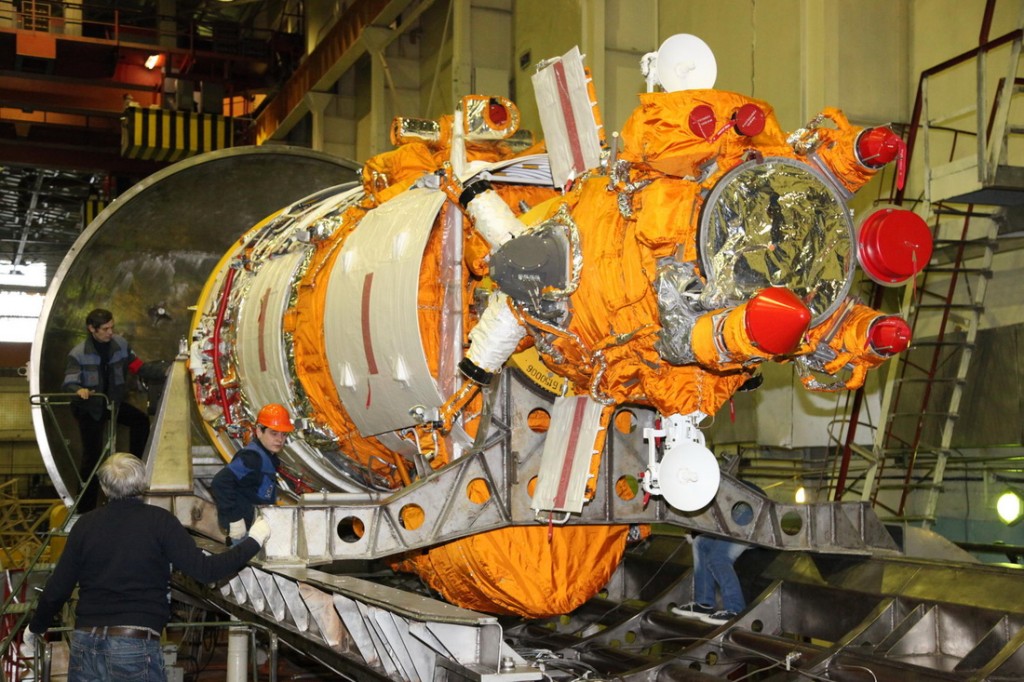
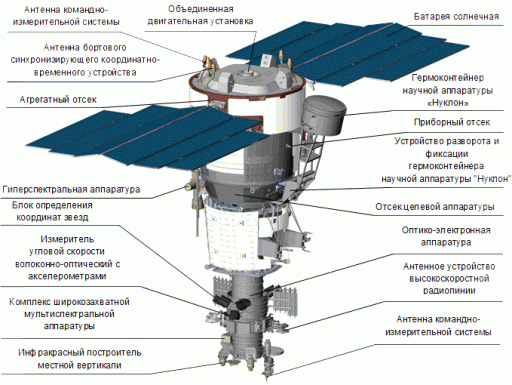
Acquiring imagery with its Geoton-L1 optical instrument, Resurs uses a Sangur analog to digital processing unit that creates digital imagery for storage in the satellite’s memory before being downlinked via an X-Band communications terminal that reaches data speeds up to 300Mbit/s operating at a frequency of 8.2-8.4 GHz.
The optical imaging payload covers a panchromatic channel at a wavelength range 430 to 700 nanometers achieving a ground resolution of one meter.
Six visible wavelength channels are supported by the payload – blue (450-520nm), green (520-600nm), red (610-680, 670-700, and 700-730nm). Near infrared and infrared imaging is accomplished in two channels in the 720-800 and 800-900-nanometer range. The multispectral imaging channels can achieve a ground resolution around three meters. Resurs-P is capable of operating all channels simultaneously to generate multi-spectral images.
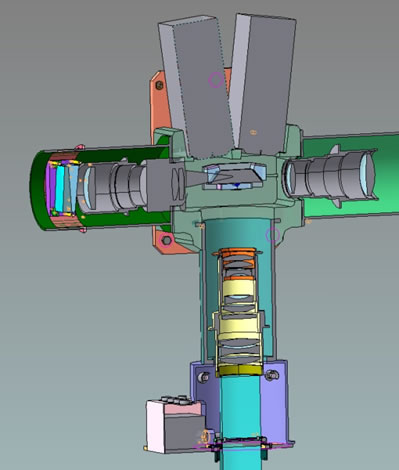
The Hyper-spectral imaging payload also known as GSA can observe 216 spectral channels covering 400-1100-nanometers at a ground resolution of 25 meters. Imagery delivered by the instrument has a spectral resolution of 5-10 nm and the instrument covers a ground swath of 30 Kilometers.
The Wide Field Multispectral Payload consists of two optical heads, SHMSA-BP and SHMSA-CP which can be operated independently. CHMSA-BP has a focal length of 20 centimeters and covers a ground swath of 97.2 Kilometers in a panchromatic channel from 430 to 700 nanometers and five multispectral bands (430-510, 510-580, 600-700, 700-900, 800-900nm). Panchromatic imagery delivered by the instrument reaches a ground resolution of 11.9 while multispectral imagery is available at 23.8-meter ground resolution.
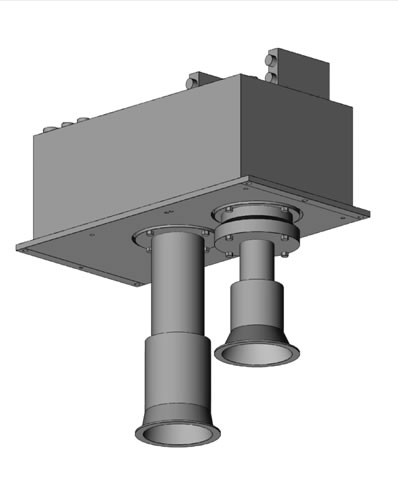
SHMSA-CP has a 4-centimeter focal length covering a wide swath of 441.6 Kilometers. Both imagers use identical detectors with 8160 pixels per line for panchromatic imaging and 4080 pixels per line for multispectral imaging. The two instruments cover identical wavelength channels. The SHMSA-CP instrument creates images at a 59.4 meter ground resolution in panchromatic and 118.8-meter resolution in multispectral mode.
Resurs-P can cover an area of one million square Kilometers per day given the amount of data than can be handled by the spacecraft.
Imagery is available less than 12 hours after acquisition to allow rapid access to data. According the satellite manufacturer TsSKB Progress, imagery from the Resurs P satellites is used by the Russian Ministries of Natural Resources, Emergency Situations, and Agriculture as well as Federal Service for State Registration, Cadastre and Cartography (Rosreestr), Russian hydrometeorological service (Rosgidromet) and others.
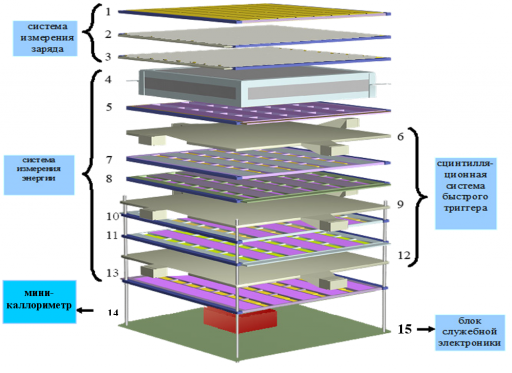
The Resurs-P2 satellite hosts a secondary payload known as Koronas-Nuklon to study high-energy particles in Earth Orbit. Originally planned to fly as a 750-Kilogram satellite, the project was modified to be facilitated on the Resurs satellite, being installed to look in the zenith-viewing direction, opposite to the satellite’s main imaging payload. The attached payload has a mass of about 300 Kilograms and consists of a box-shaped structure that includes a stack of detectors and electronics. The payload container is pressurized.
Nuklon will measure the flux energy of cosmic rays from 1,012 to 1,015eV, particle mass for a range of 1-30 Atomic Mass Units, energy distribution and charge composition. Eight detector boards are part of the payload hosting silicon detectors.
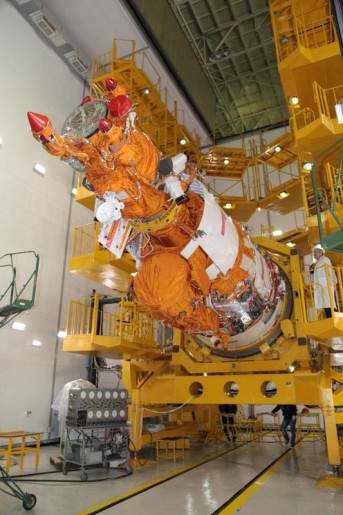
The first Resurs-P satellite was launched by a Soyuz rocket on June 25, 2013 and successfully entered orbit and began operating, delivering imagery at the expected quality. Resurs-P 1 and 2 were manufactured in parallel to have the second satellite ready for launch shortly after the first. These first two spacecraft are expected to operate from their 475-Kilometer orbit for at least five years while their follow-on satellites Resurs-P3 through 5 are planned to operate for seven years.
Resurs also hosts an AIS payload. The Automatic Identification System is used by sea vessels that send and receive VHF messages containing identification, position, course and speed information to allow the monitoring of vessel movements and collision avoidance as well as alerting in the event of sudden speed changes.
These signals can be transmitted from ship-to-ship and ship-to-shore to allow the monitoring of a local area, but deploying space-based AIS terminals allows a broad coverage and data relay to ground stations for monitoring of large sea areas. However, due to the large footprint of satellites, overlapping and signal collisions become a problem, especially for frequented traffic routes.
